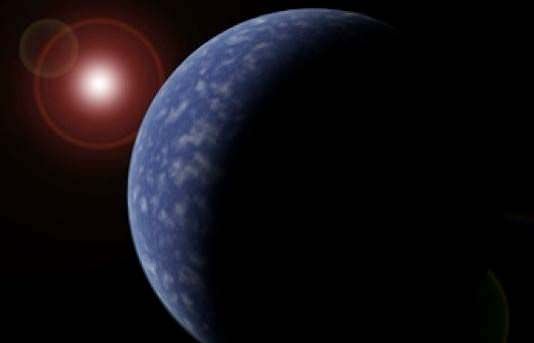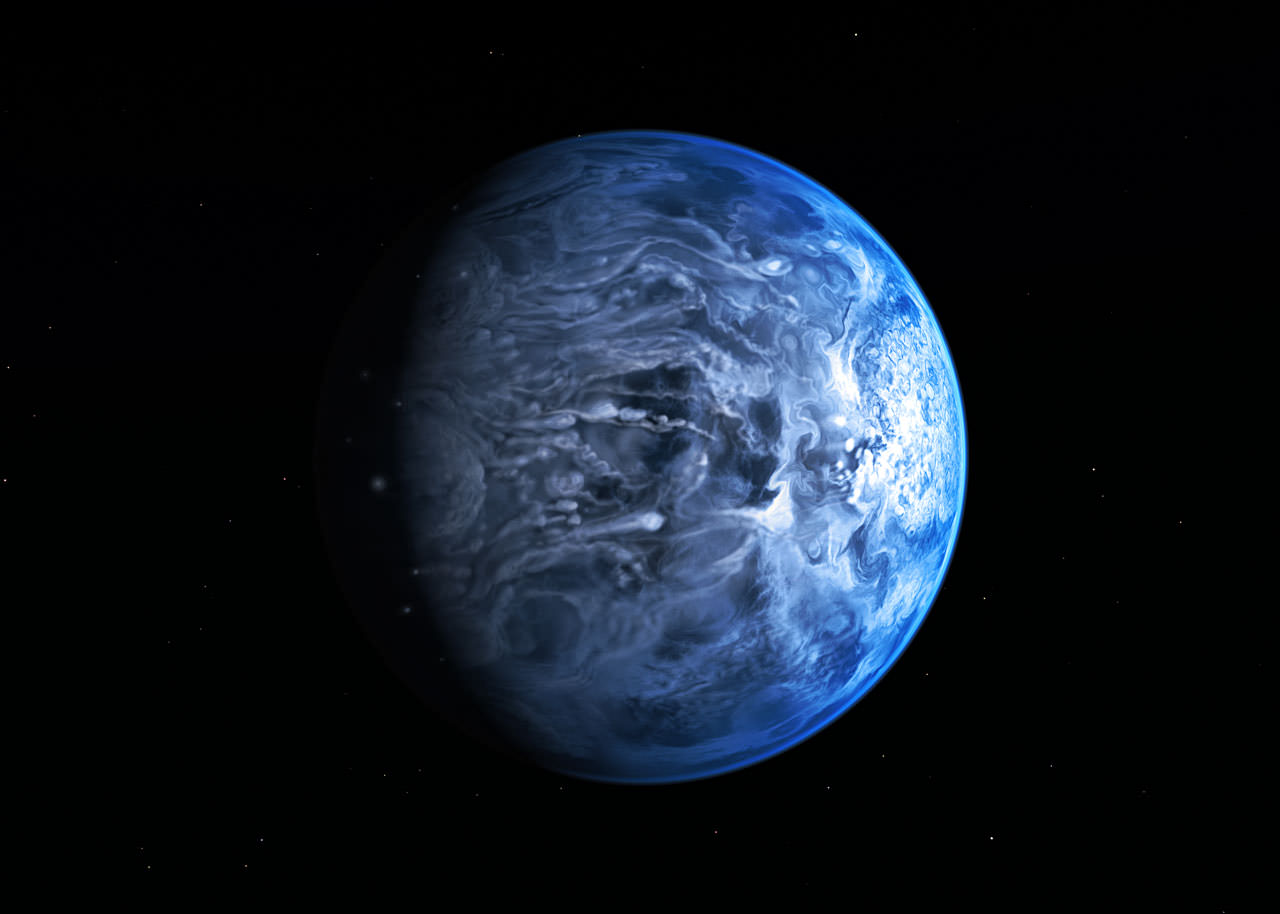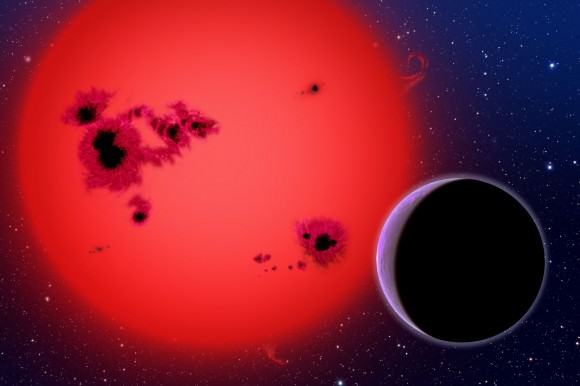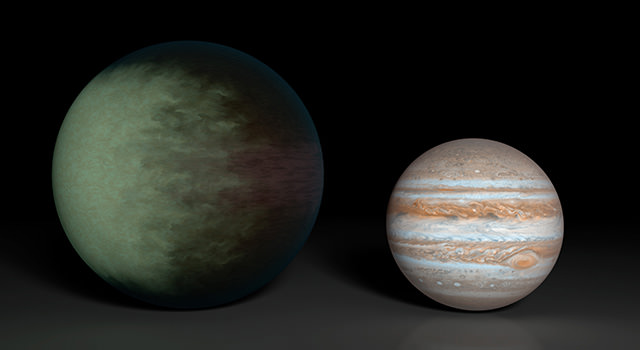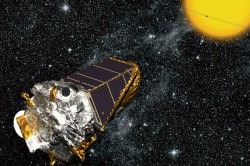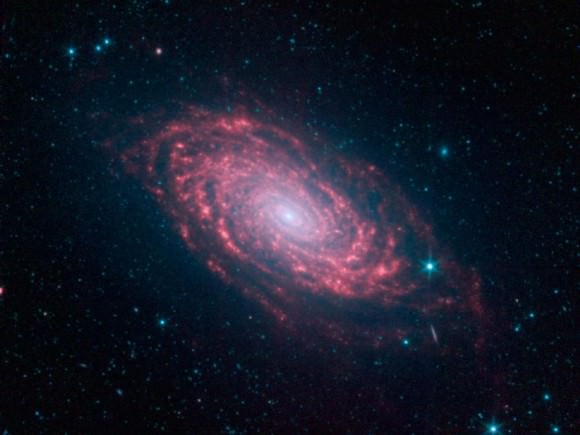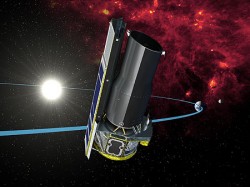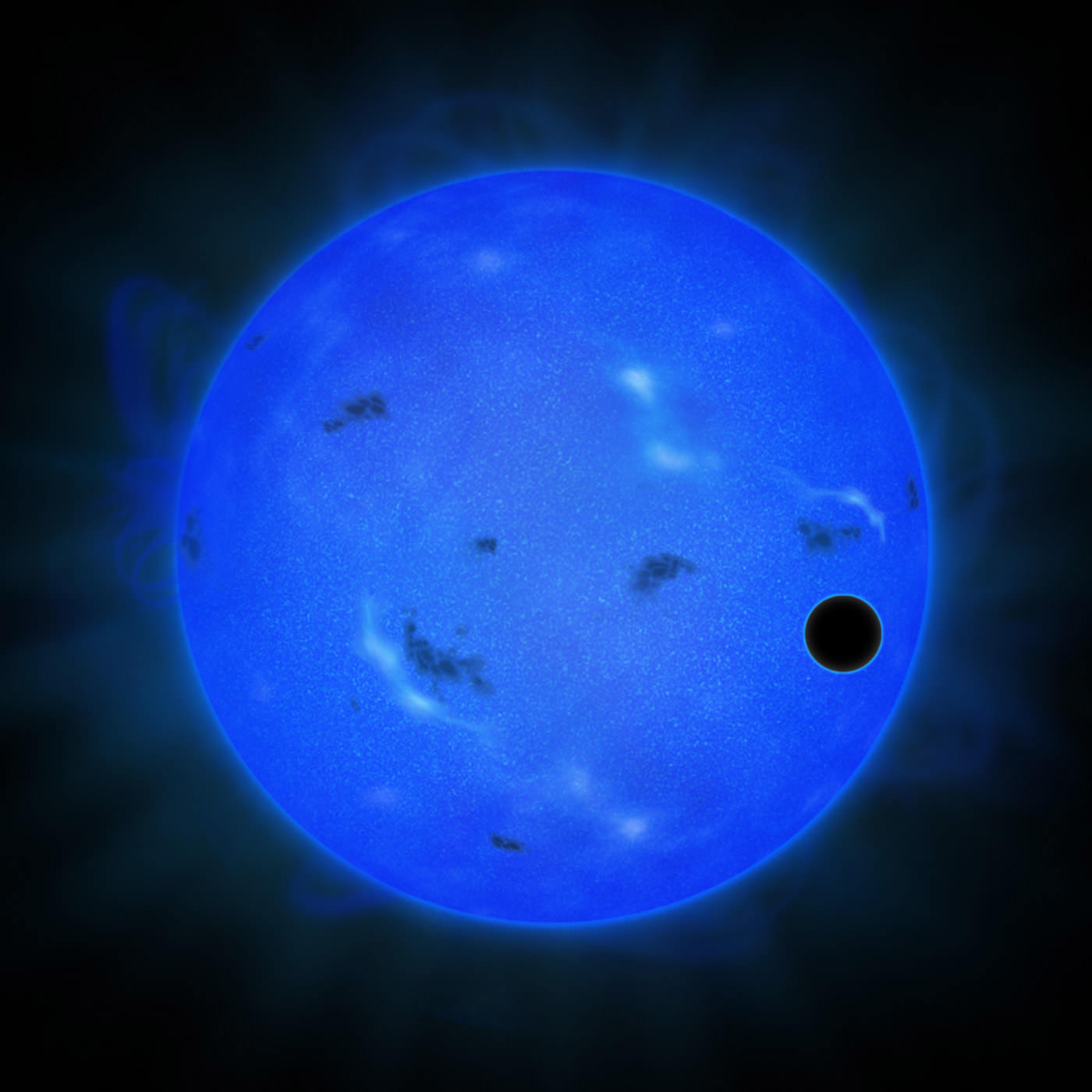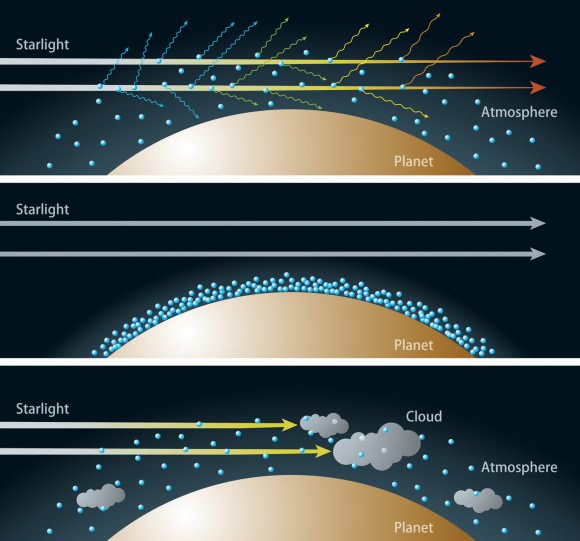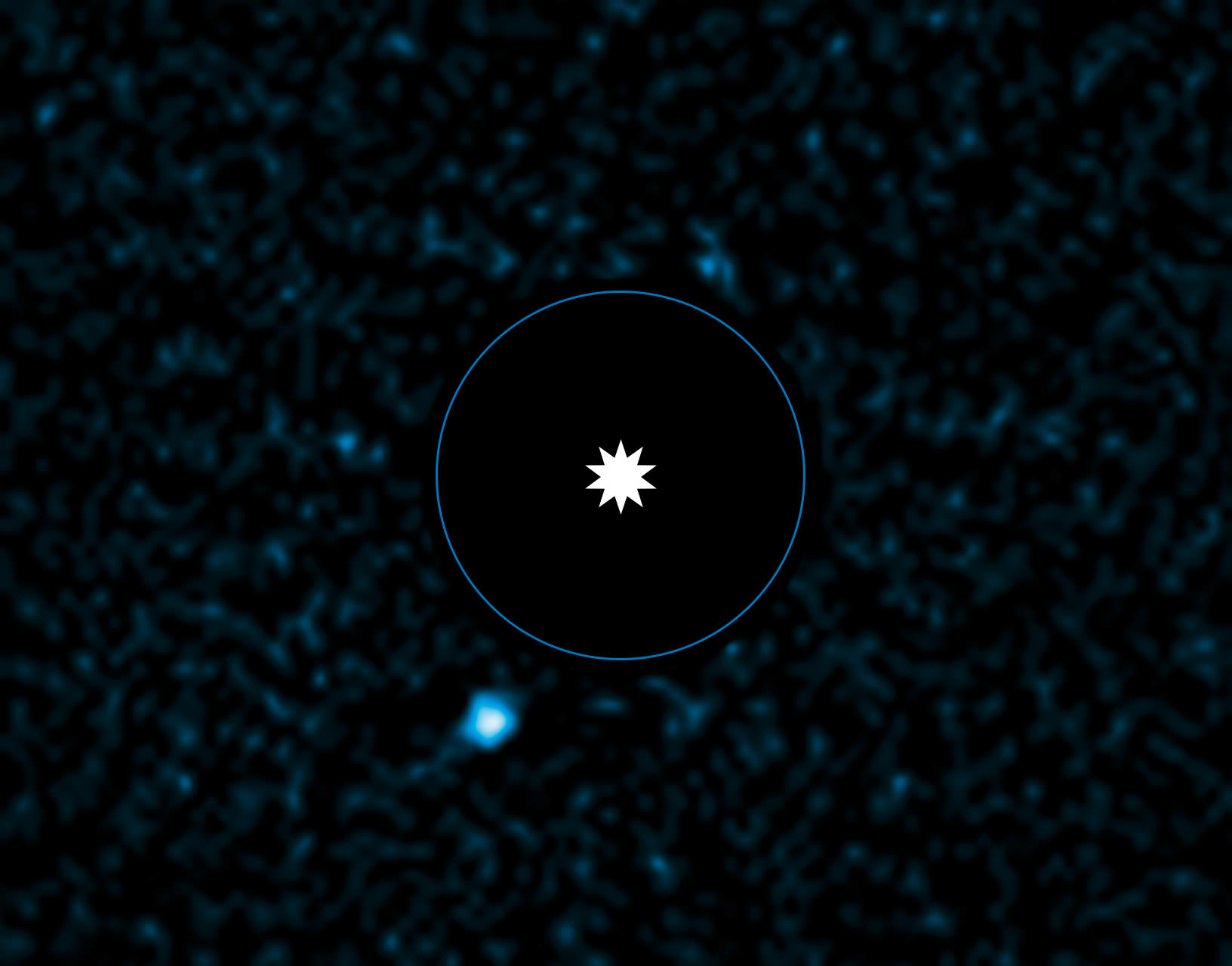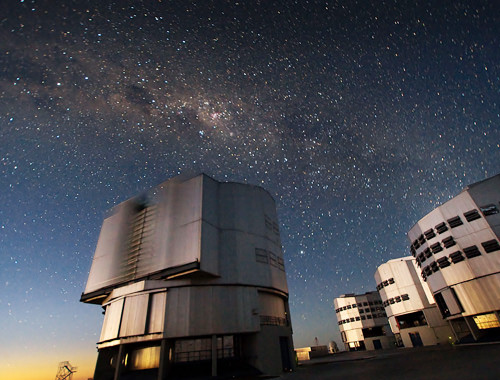Good news for planet-hunters: planets around red dwarf stars are more abundant than previously believed, according to new research. A new study — which detected eight new planets around these stars — says that “virtually” all red dwarfs have planets around them. Moreover, super-Earths (planets that are slightly larger than our own) are orbiting in the habitable zone of about 25% of red dwarfs nearby Earth.
“We are clearly probing a highly abundant population of low-mass planets, and can readily expect to find many more in the near future – even around the very closest stars to the Sun,” stated Mikko Tuomi, who is from the University of Hertfordshire’s centre for astrophysics research and lead author of the study.
The find is exciting for astronomers as red dwarf stars make up about 75% of the universe’s stars, the study authors stated.
The researchers looked at data from two planet-hunting surveys: HARPS (High Accuracy Radial Velocity Planet Searcher) and UVES (Ultraviolet and Visual Echelle Spectrograph), which are both at the European Southern Observatory in Chile. The two instruments measure the effect a planet has on its parent star, specifically by examining the gravitational “wobble” the planet’s orbit produces.
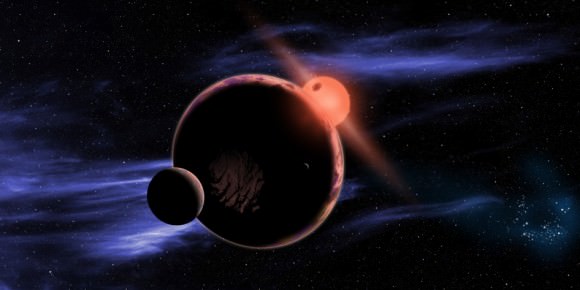
Putting the information from both sets of data together, this amplified the planet “signals” and revealed eight planets around red dwarf stars, including three super-Earths in habitable zones. The researchers also applied a probability function to estimate how abundant planets are around this type of star.
The planets are between 15 and 80 light years away from Earth, and add to the 17 other planets found around low-mass dwarfs. Scientists also detected 10 weaker signals that could use more investigation, they said.
The study will be available shortly in the Monthly Notices of the Royal Astronomical Society and is available in preprint version at this link.
Source: University of Hertfordshire

